Covered by jungle for millennia, a Mayan complex was discovered by remote sensing aircraft in 2020.
After 5 years of research and excavation, this project is revealing many secrets about the construction purposes of the Maya.
An artificial plateau made of earth, with interconnecting roads, canals and corridors, was built in southeastern Mexico about 3,050 years ago and was used for about 300 years.
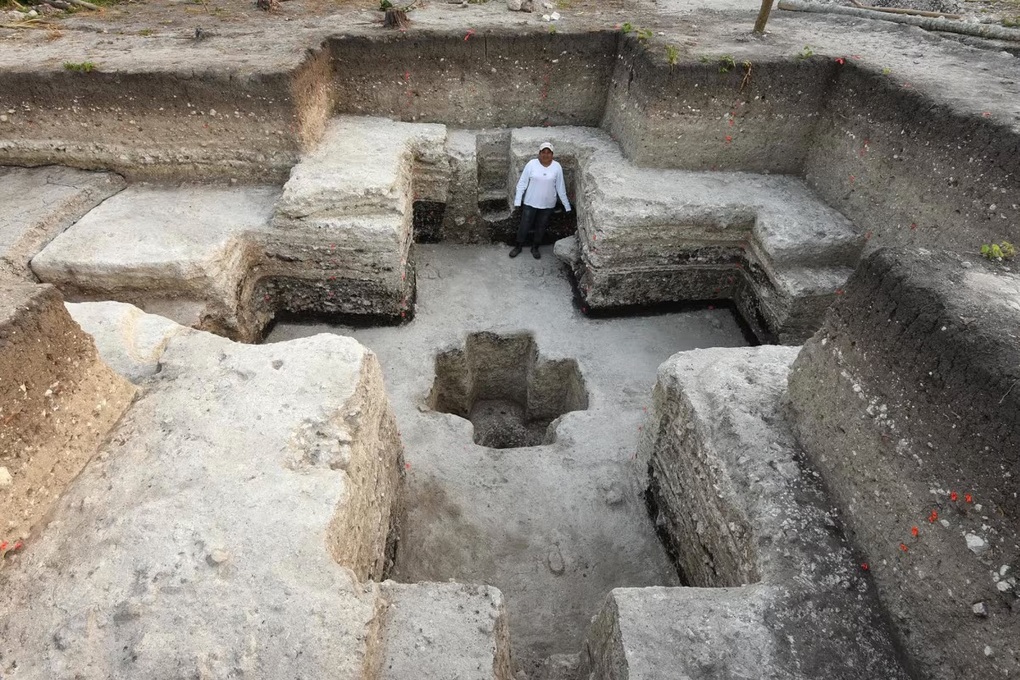
The cross-shaped pits are believed to have had an important role in re-enacting the universe in Mayan rituals at the Aguada Fénix site (Photo: Middle Usumacinta Archaeological Project).
The Four Sacred Colors and the Maya Cosmic Coordinate System
The structure, called Aguada Fénix, is considered the oldest and largest structure in the area that was once part of the ancient Maya civilization. In fact, Aguada Fénix was larger than later Mesoamerican cities such as Tikal and Teotihuacan, although it lacked the stone pyramids that these cities were known for.
According to research published in the journal Science Advances, the architecture of this relic reflects how the Mayan community envisioned the universe.
The structure features crosses of increasing size, with a cross-shaped pit in the center containing many valuable artifacts.
“This structure resembles a model of the universe,” said Takeshi Inomata, professor of anthropology at Ariazone University, the study’s lead author. “The Maya believed that the universe was fundamentally arranged in this cruciform pattern; and this structure was also linked to the order of time.”
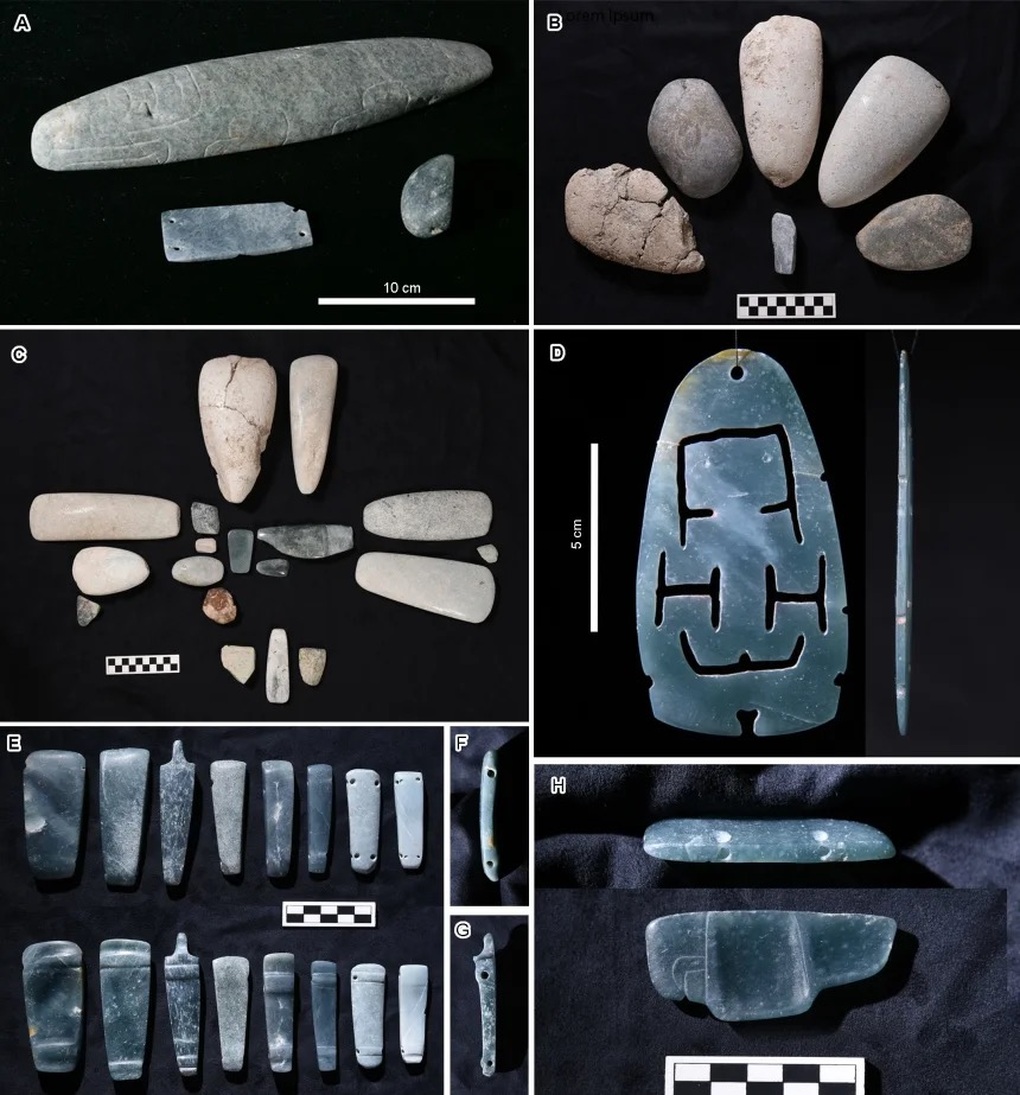
Some jade artifacts discovered at the excavation site (Photo: Middle Usumacinta Archaeological Project).
The site was built during the early stages of the Maya civilization, which reached its peak around 400-900 AD, mainly in what is now Mexico and Guatemala.
This was a period of great civilization. The Maya began to build temples, roads, stone pyramids and many other ceremonial structures, and developed a complex system of writing, mathematics and astronomy.
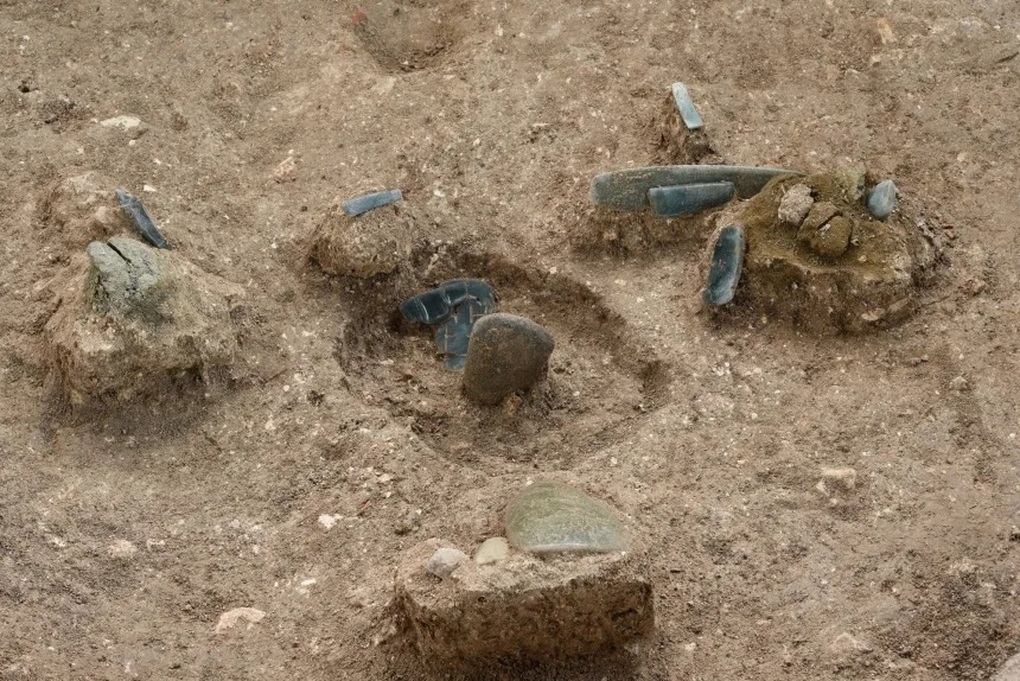
Professor Inomata added that before discovering this relic site, archaeologists had never found a construction of such a significant scale (Photo: Middle Usumacinta Archaeological Project).
The team excavated several key sites within the site, analyzed soil cores, and conducted an additional LiDAR (laser detection and ranging) survey of the area.
This remote sensing technology is capable of creating detailed terrain models, helping to detect ancient structures covered by trees and vegetation, especially in the Central American region.
Ancient color codes help reconstruct rituals at Aguada Fénix
According to Dr. Verónica Vázquez López, a lecturer in Mesoamerican archaeology at University College London and co-author of the study, the site is not easily recognizable from the ground, although the main base of the structure was once nearly 15 meters high. She added that the Maya did not use stone when building it, so it is easy to mistake the structure for a natural hill.
“Most of the land is now used by people for agricultural activities, so this structure is difficult to recognize with the naked eye. This relic was only discovered thanks to LiDAR technology,” Dr. Verónica added.

Location of the ancient complex of Aguada Fénix (Photo: Middle Usumacinta Archaeological Project).
The center of the site is a large raised rectangular platform or square that can accommodate more than 1,100 people during rituals. This area is located at the intersection of two major roads, one running north-south, the other running east-west. It is possible that these two roads were once used as procession routes.
In the middle of the high square, archaeologists discovered a cross-shaped pit with steps leading down. Inside the ground below was a smaller pit, a warehouse containing jade artifacts arranged in a cross shape.
“We have found pigments associated with certain directions,” Professor Inomata said. “Blue corresponds to the north, green to the east, yellow to the south. The west direction is not clear, but there is a red seashell, which is most likely the pigment associated with the west.”
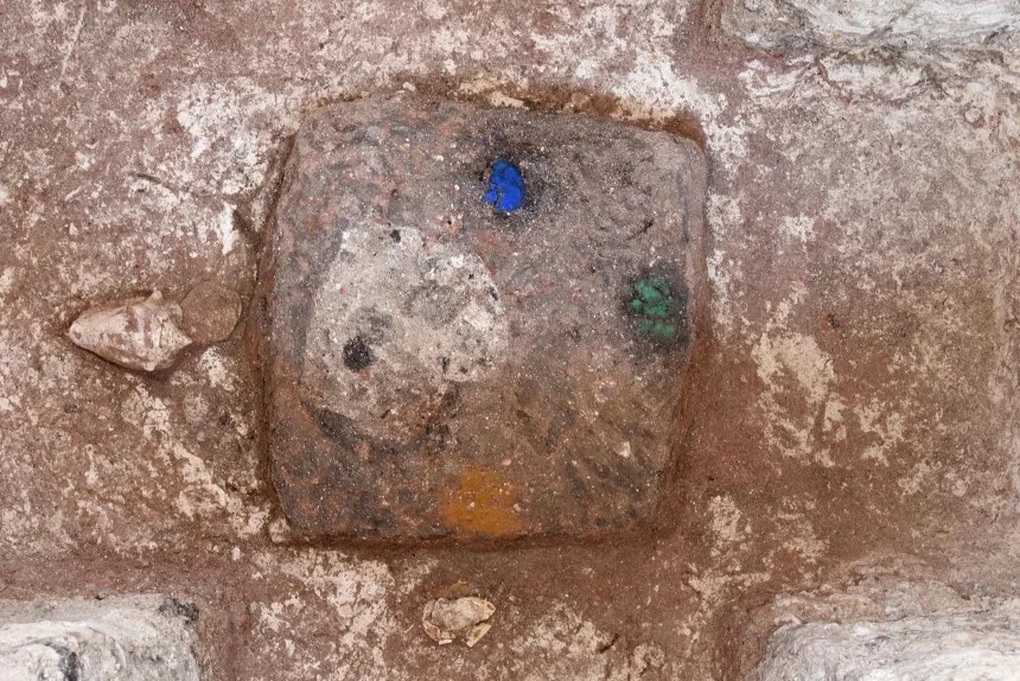
Coloured pigments believed to represent East - West - South - North were found in a cross-shaped pit in the centre of the site (Photo: Middle Usumacinta Archaeological Project).
The structure's east-west axis is aligned with the sunrise on October 17 and February 24. Professor Inomata believes the monument may have been used as a ceremonial site on important dates in the Mayan calendar.
Mr. Inomata and his colleagues believe that this relic site was built by volunteers, not by forced labor like many other ancient structures such as the Egyptian Pyramids or later Mayan cities.
According to the archaeological team, not many people lived around the relic area, so this place was probably only used as a gathering and ceremony place during the dry season.

Excavations over the past five years have yielded valuable insights into the Maya civilization (Photo: Middle Usumacinta Archaeological Project).
The research team estimates that it took more than 1,000 people to build this relic site over many consecutive years, however some canals appear to have not been completed.
According to Professor of Anthropology at Brown University Stephen Houston, this research attracts great interest in the global archaeological community.
“This discovery demonstrates a common trait among ancient Mesoamerican civilizations, the way they defined the world according to rituals, directions and corresponding colors. This was evident very early at Aguada Fénix,” he said.
Source: https://dantri.com.vn/khoa-hoc/bon-sac-to-he-lo-bi-an-trong-khu-phuc-hop-tai-hien-vu-tru-cua-nguoi-maya-20251110170814588.htm







![[Photo] General Secretary To Lam and National Assembly Chairman Tran Thanh Man attend the 80th Anniversary of the Traditional Day of the Vietnamese Inspection Sector](https://vphoto.vietnam.vn/thumb/1200x675/vietnam/resource/IMAGE/2025/11/17/1763356362984_a2-bnd-7940-3561-jpg.webp)







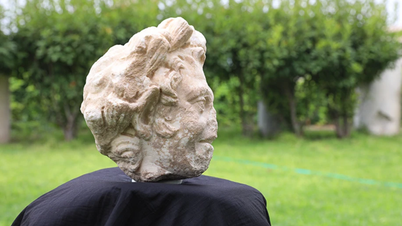







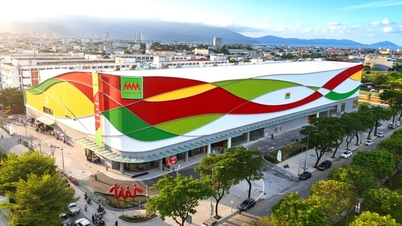

















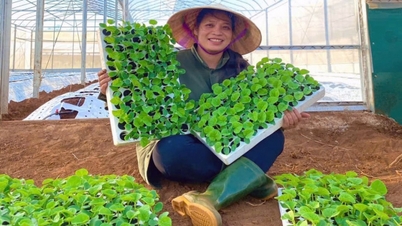
















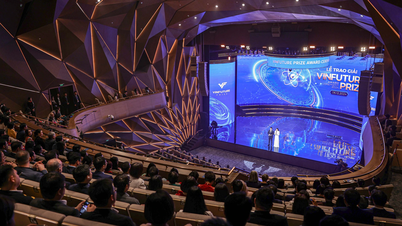





















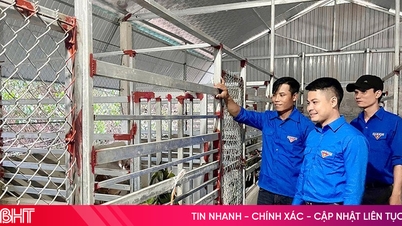



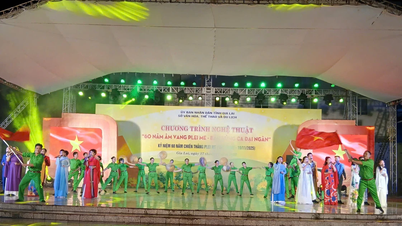
















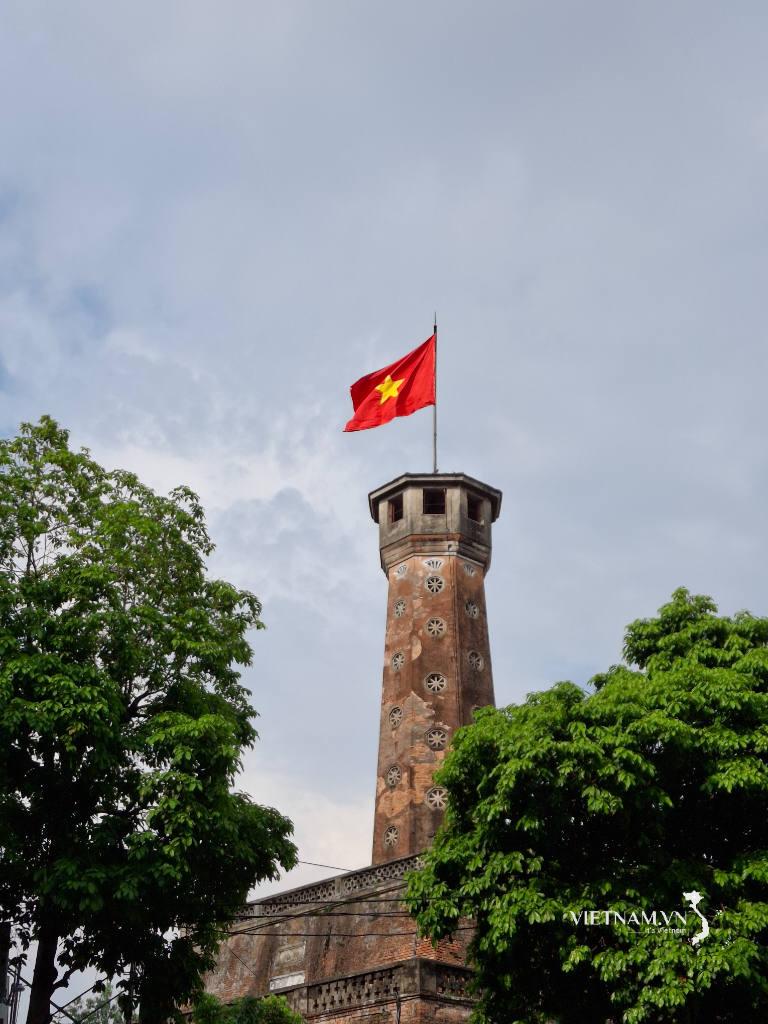


Comment (0)